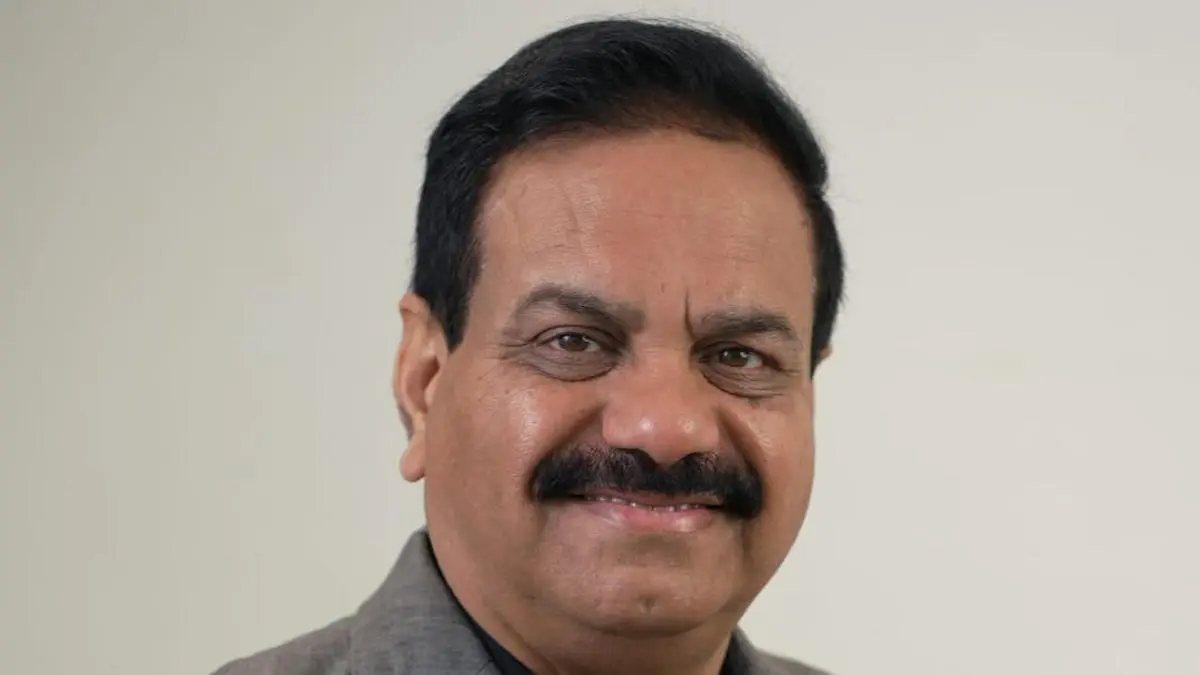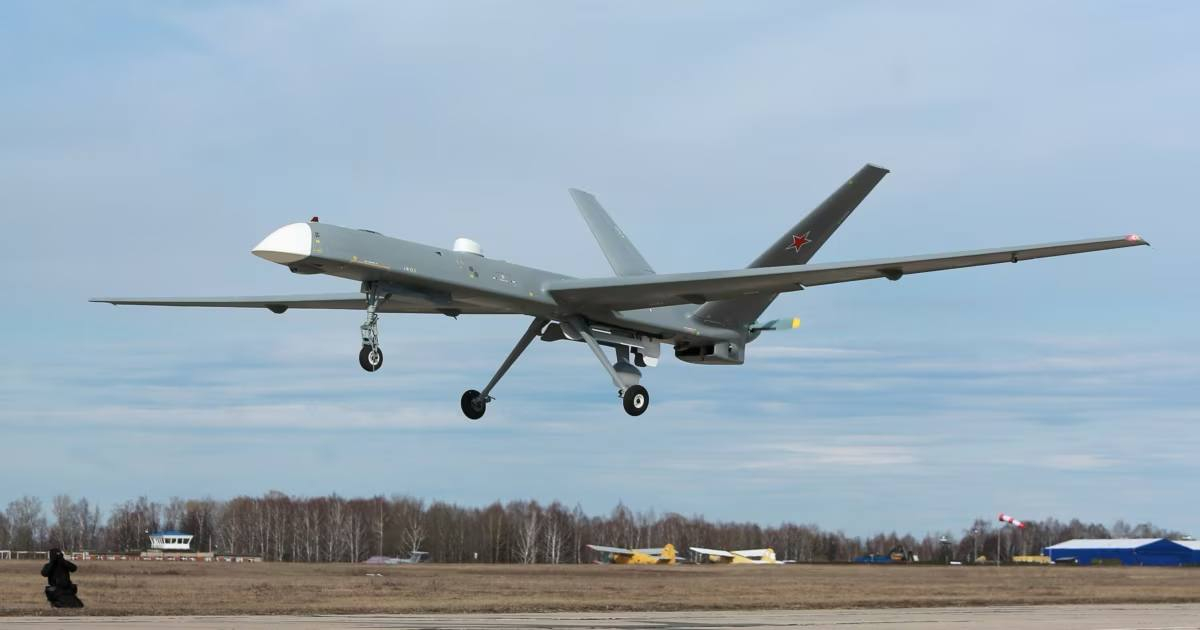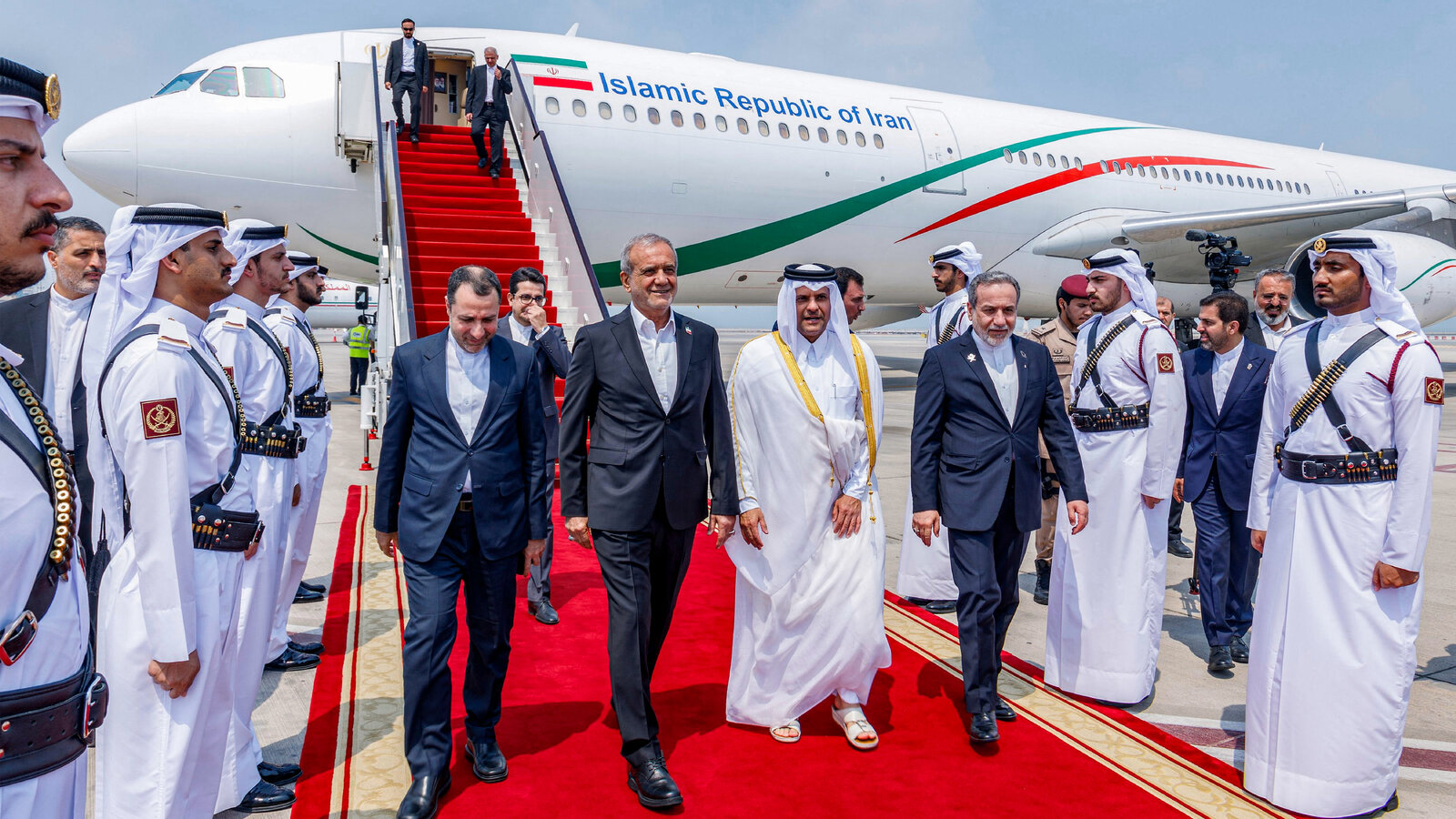By Stabroek News
Copyright stabroeknews

Dear Editor,
Guyana stands at a pivotal moment in its technological evolution. Under President Irfaan Ali’s leadership, the nation has embarked on an ambitious digital transformation journey, aiming to become a regional leader in e-governance, financial digitization, and technological innovation. The government’s push for digitization, evidenced by initiatives like the ICT Access and E-Services for Hinterland Communities Project and the modernization of the financial sector, reflects a commitment to inclusivity and efficiency.
To fully realize this vision, Guyana must adopt a forward-thinking approach to connectivity, particularly by leveraging complementary satellite technologies like Starlink and OneWeb. Terrestrial networks alone cannot bridge the gaps in rural and hinterland communities. Satellite connectivity is therefore not a luxury, but a national necessity.
Recent developments in Southeast Asia highlight how regulatory clarity can unlock this potential. In Thai-land, the National Broadcasting and Telecommunications Commission (NBTC) has introduced a draft framework that separates satellite licences into three categories: gateway, landing rights, and service. This approach aligns with global best practices, gives local firms flexibility to partner with international operators, and safeguards national interests through majority local ownership requirements.
Guyana may not need to replicate this model in its entirety, but the principle is worth noting. A framework that distinguishes between infrastructure gateways, spectrum rights, and service provision could help our regulators manage the complexity of modern satellite services. It would also position Guyana to welcome investment from providers like Starlink and OneWeb, while maintaining oversight of national infrastructure.
This lesson goes beyond regulation. Southeast Asia also shows how digital inclusion strengthens national cohesion. Singapore became a digital hub by ensuring that every citizen, regardless of income or geography, could participate in the digital economy. Malaysia and Thailand have expanded broadband into rural areas as part of broader national development, helping to bridge divides and give communities a stronger sense of belonging. Guyana can draw on these examples to ensure that connectivity is not only about technology, but about unity.
Starlink and OneWeb, if integrated wisely, can complement each other to deliver a resilient ecosystem. Starlink brings high-speed broadband to households and small businesses, while OneWeb provides stability and specialized coverage for enterprises, aviation, and maritime industries. Together, they can secure Guyana’s digital backbone against disruption and support vital services like telemedicine, e-governance, and financial transactions.
Tourism is one sector where this transformation will be immediately visible. Connectivity allows visitors to share their experiences of Kaieteur Falls, Iwokrama, and Rupununi in real time, strengthening Guyana’s global image. But beyond promotion, it enables hinterland communities to participate directly in the tourism economy, turning connectivity into empowerment.
What Guyana needs now is a clear and modern regulatory path. By exploring licensing models similar to Thailand’s, where gateway facilities, landing rights, and service provision are treated distinctly, our nation can craft a framework that is both open to innovation and protective of sovereignty. Coupled with investment in local training for engineers and technicians, this would allow Guyana to move confidently into a satellite-driven age.
Guyana’s digital future is about more than cables and satellites. It is about equity, opportunity, and sovereignty. If ASEAN countries can reimagine their policies to prepare for a low-Earth-orbit era, then Guyana too can design a model suited to its geography, resources, and ambitions.
Let us seize this moment not only to connect the nation, but to shape a digital pathway that strengthens cohesion, diversifies the economy, and positions Guyana as a regional leader.
Dr. Walter H. Persaud



